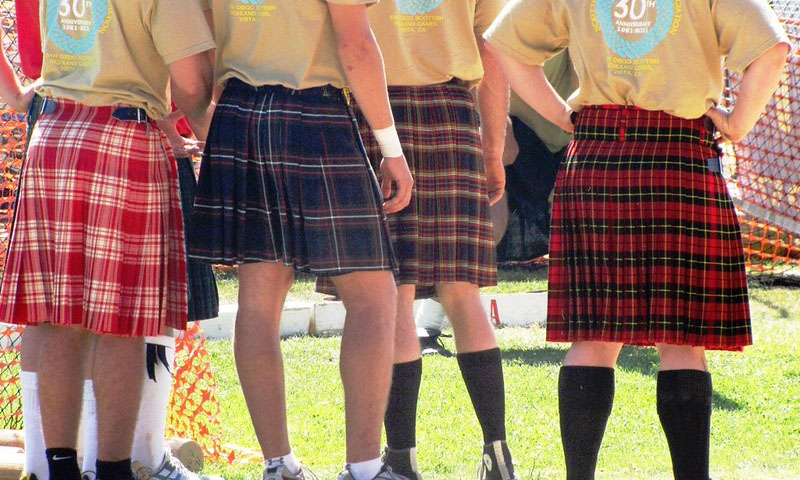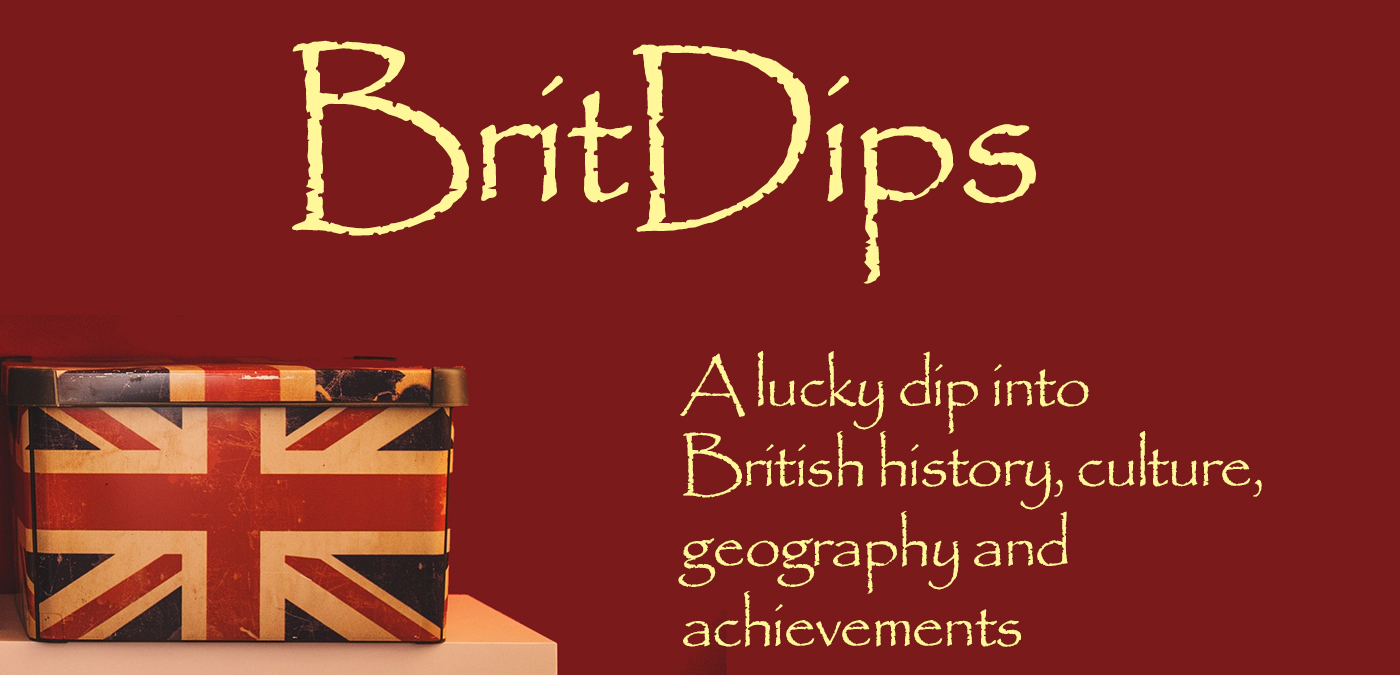
The Kilt
The kilt has its roots in the Scottish Highlands, where a long tunic of thick plaid (not tartan, which came later) was worn with a belt to keep out the cold. Scotland’s first ironworks were built in a small Highland village by Lancashire-born Thomas Rawlinson (1669-1737) and his employees included Irishmen, Englishmen and these “belted plaid”-wearing Highlanders. The ironworks only lasted from 1729 to 1736, but during that time Rawlinson adapted the hefty dress to form the less cumbersome kilt for his Scottish workforce.
In 1746-82 the kilt was officially restricted to military wear, a sure-fire way to make it more desirable to the general public. Romantic stories arose of kilt-adorned Scottish heroes and when it was legalised again, everyone wanted one. This was greatly aided and abetted by writer Sir Walter Scott (1771-1832), who orchestrated a visit to his native Edinburgh by King George IV (1762-1830) in 1822 and made sure the kilt (by then of tartan) was on full display.
The nobility and royals delightedly took to the kilt, thereby further increasing its widespread appeal. Today it is seen as an iconic symbol of Scotland and the initial involvement of an Englishman is either belittled (particularly by the Scots), or seen as an amusing irony.
(Image: John William Hammond at Flickr.com / Public domain)
